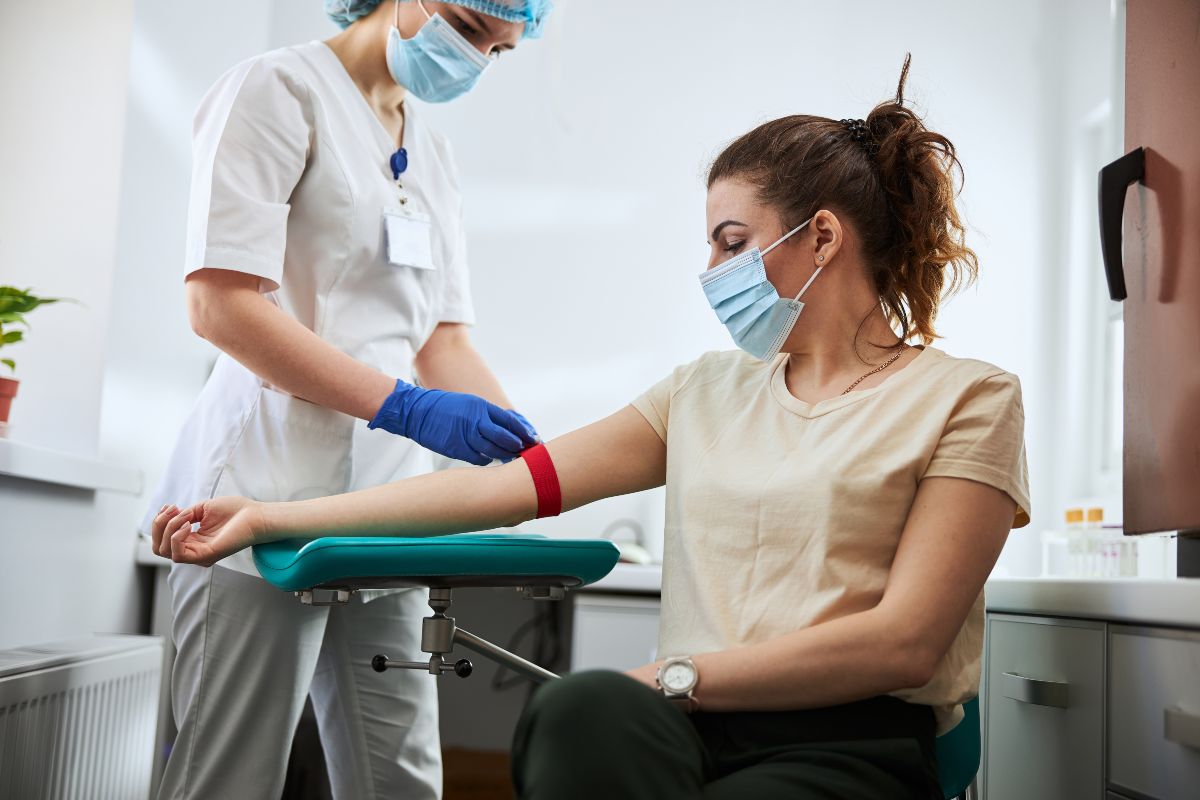We’ve long argued that healthcare transformation is fundamentally changing the calculus on inpatient hospital rooms – flipping them from a financial asset to a financial liability. That’s especially true in rural areas, where a sparse population plus added staffing challenges can make it hard to cover the fixed costs of inpatient care.
When Medicare officially begins its experiment with Rural Emergency Hospitals (REHs) on Jan. 1, 2023, we might get a good indication of just how many hospitals are feeling the financial squeeze. On that date, current Critical Access Hospitals (CAHs) can opt for Medicare reimbursement under REH guidelines, including 105% reimbursement under the Outpatient Prospective Payment System plus a monthly facility payment from CMS.
The key difference between a Critical Access Hospital and a Rural Emergency Hospital? As the name implies, an REH offers emergency services, not inpatient services.
We've published a full Guide to the strategic considerations of converting to REH status, and we believe that many hospital boards eventually will choose to make the switch because Critical Access Hospitals, as a group, tend to be financially vulnerable.
Many of these troubled CAHs are likely to jump at the chance to shut down expensive inpatient services in exchange for regular facility payments and higher OPPS reimbursement rates. That would support our view that inpatient hospital rooms are becoming a financial liability in many cases.
But here’s a question that healthcare leaders might not have considered: If you end inpatient services to achieve REH status, is there a way to turn empty rooms back into financial assets? Rather than filling them with patients, can you put them to another productive use?
Halting inpatient care may cut a lot of overhead expenses – salaries, in particular – but some fixed costs associated with the real estate will remain. Rather than simply locking the doors and turning off the lights, it might be worth thinking creatively about “upcycling” your unused inpatient rooms to make them a financial asset once again.
In the spirit of creativity, here are three ideas you might consider:
- Reach out to the Public Health Department. Given the common interest in a healthier community, your unneeded space could make perfect exam rooms or satellite offices for public health workers. Can you work out a financial arrangement that provides a new revenue stream for the hospital while saving the county from building new facilities of its own?
- Reach out to local charities and churches. Many safety net programs require overnight stays, and service providers are perennially strapped for cash. Again, your unused rooms could represent a win/win for the community and your bottom line.
- Consider professional housing. Many rural communities could support regular visits from specialist providers, and the REH rules specifically allow a wide variety of outpatient services. Turning unneeded hospital rooms into comfortable, short-term lodging might help to attract the service providers you need while keeping costs in check.
It's important to say that none of these ideas is fully baked, and every hospital will face a wide variety of questions regarding safety, zoning, and more. But the point is that REH status represents a fresh start for many troubled healthcare providers, and it’s worth looking at your unused inpatient rooms with fresh eyes.
Please contact us if we can help.










